Ask John: What are Anime’s Most Iconic Scenes?
Question:
From Psycho’s shower scene to the revelation of the relationship between Luke Skywalker and Darth Vader, many iconic movie moments exist. Along that same parallel, what would you say are the most iconic moments in anime?
Answer:
Naturally, iconic images tend to hail from iconic titles. The anime that have most provided timeless scenes and images are anime revered as classics. Their most memorable scenes have inspired homage and parody, and resonate with viewers because these single shots encapsulate tremendous meaning and significance. Doubtlessly, on spontaneous response, I’ll overlook some of them. But a handful of anime’s most singularly memorable images do come to mind.
Kaneda’s sliding stop on his motorcycle after playing chicken with the leader of the clown gang in Akira encapsulates the futurism, kineticism, and spirit of youthful rebellion that characterize the entire film.
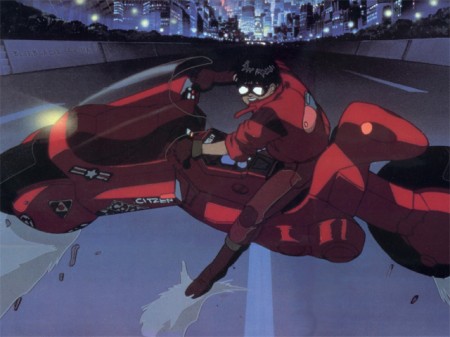
“White Joe” or the death of Joe Yabuki in Ashita no Joe 2 episode 47 is arguably anime’s singular most iconic scene ever. The bruised and exhausted Joe, slumped over yet smiling represents his Japanese spirit to pursue his dream to his utmost, giving everything he’s got when personal pride and determination are more important than even his own life.
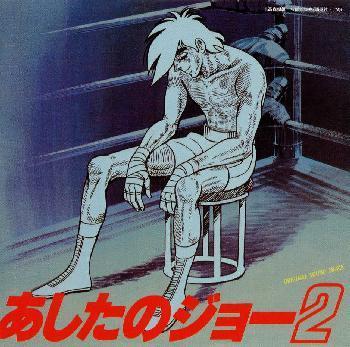
The RX-78-2 Gundam’s final beam rifle shot to destroy Char’s MSN-02 Zeong during the battle of A Baoa Qu in Mobile Suit Gundam episode 43 is such an iconic image that in Japan it has its own name. The scene is referred to as the “Last Shooting” scene. Once again, the disabled and headless Gundam continuing to fight represents the Japanese spirit of perseverance and loyalty to one’s goal.
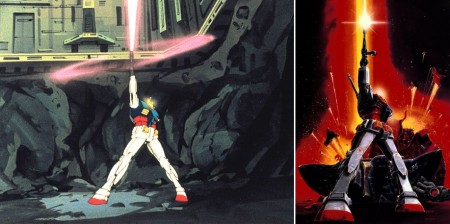
Kenshiro’s “Omae wa? mo shindeiru” (You’re already dead) statement to Zed in Hokuto no Ken is as much iconic for its dialogue as the visual scene of the hero so assured that he can turn his back on his enemy and walk away unafraid.
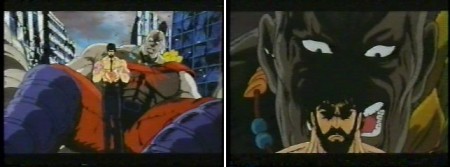
The final shot of the first episode of the classic baseball anime Kyojin no Hoshi has become ingrained into the consciousness of Japanese pop culture as symbolic of aiming for perfection, fame, and glory.
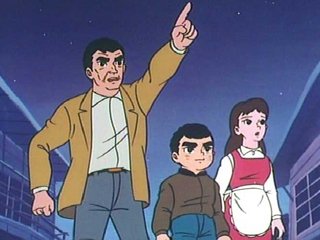
Satsuki standing beside the O-totoro at a bus stop is a whimsical and resonant image because it conveys the charming Japanese recognition of the interconnectedness of humans, nature, and spirits.
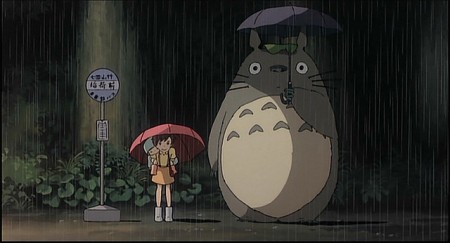
The three-quarter view of the Yamato may be the singularly most iconic imagery of a spaceship in all of world literature. There’s no other vessel that’s so frequently and so distinctively perceived from that particular perspective. The image of the Yamato, the embodied spirit of Japan, launching into the unknown frontier to save the Earth is a very powerful visual and mental image.
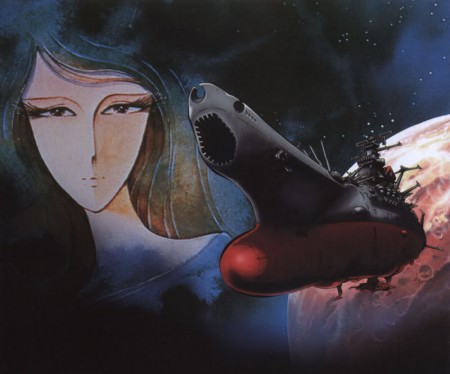
I’m not sure that any recent anime has contributed a genuinely iconic scene or image to the lexicon of anime. Perhaps recent anime simply haven’t had enough time to establish particular scenes into the collective consciousness of pop-culture society. I’m not yet ready to say that Makoto Konno’s leap from the diving platform in Toki wo Kakeru Shoujo may be poised to become one of anime’s iconic scenes, but it seems to have more probability of doing so than any other recent scene I can immediately recall.
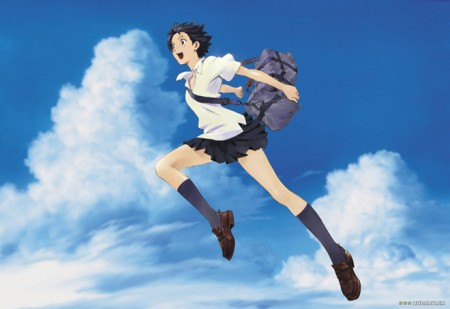
Add a Comment
You must be logged in to post a comment.


“The three-quarter view of the Yamato may be the singularly most iconic imagery of a spaceship in all of world literature.”
Quite daring :p; what about the reader’s image of Rama, or any of Clarke’s spaceships?
About Iconic Images …..time will tell i guess , icons are made by the masses. My iconic images: “Tengen Toppa Gurren Lagann bigger than a galaxy” and “kaze-neko blown by the winds”.
I agree that iconic scenes com from classics and as such we can hardly tell at this point which and if any will emerge from contemporary anime, maybe in 10 or 20 years we can tell.
To tell the truth there are only a handful of contemporary series that may become classics.
Could not agree more that Ashita no Joe’s death secene is the most ionic ever.
I will just mention another I think is most regarded as iconic and with several anime making mention of it: Nello’s (from Flanders no Inu) death scene.
Motoko diving from the rooftop in GitS feels like something I’ve seen homages of in a bunch of sci-fi or action flicks outside of Japan. Maybe it’s iconic as an image of transcendence (which is what the GitS movie was all about) outside of the core anime fandom.
I can agree with the iconic image of Motoko diving off the roof as it has many homages to it ranging from anime to live action films. It was even done in the Matrix as Trinity fell off a roof arms out in much the same way. And I could be wrong, but I think they did in in the Animatrix as well with the Chinese women jumps off a roof in the same way….but it has been a while that scene is not clear.
For me, I would also consider Son Goku’s first transformation into a Super Saiyan for the first time in his fight with Freiza. The look of anger and determination in his face was repeated within Dragonball Z itself several dozen more times as “the look” the hero gets when he reaches the point were losing is no longer a possibility in their mind. This same look, for the same angle, and facing the same direction as Son Goku also pops up a lot in other Shonen and Seinen anime. I am sure the stance, head tilted down, while the eyes look up and over to one side, with the tilted and downward pointing angle, coupled with a expression of anger with a very calm demeanor has it roots in a much older series, but for many of the American fans that is the scene that comes to mind.